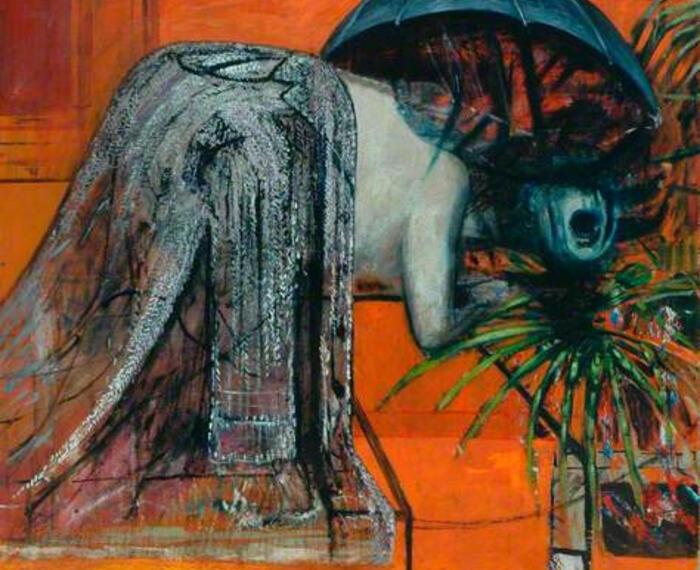

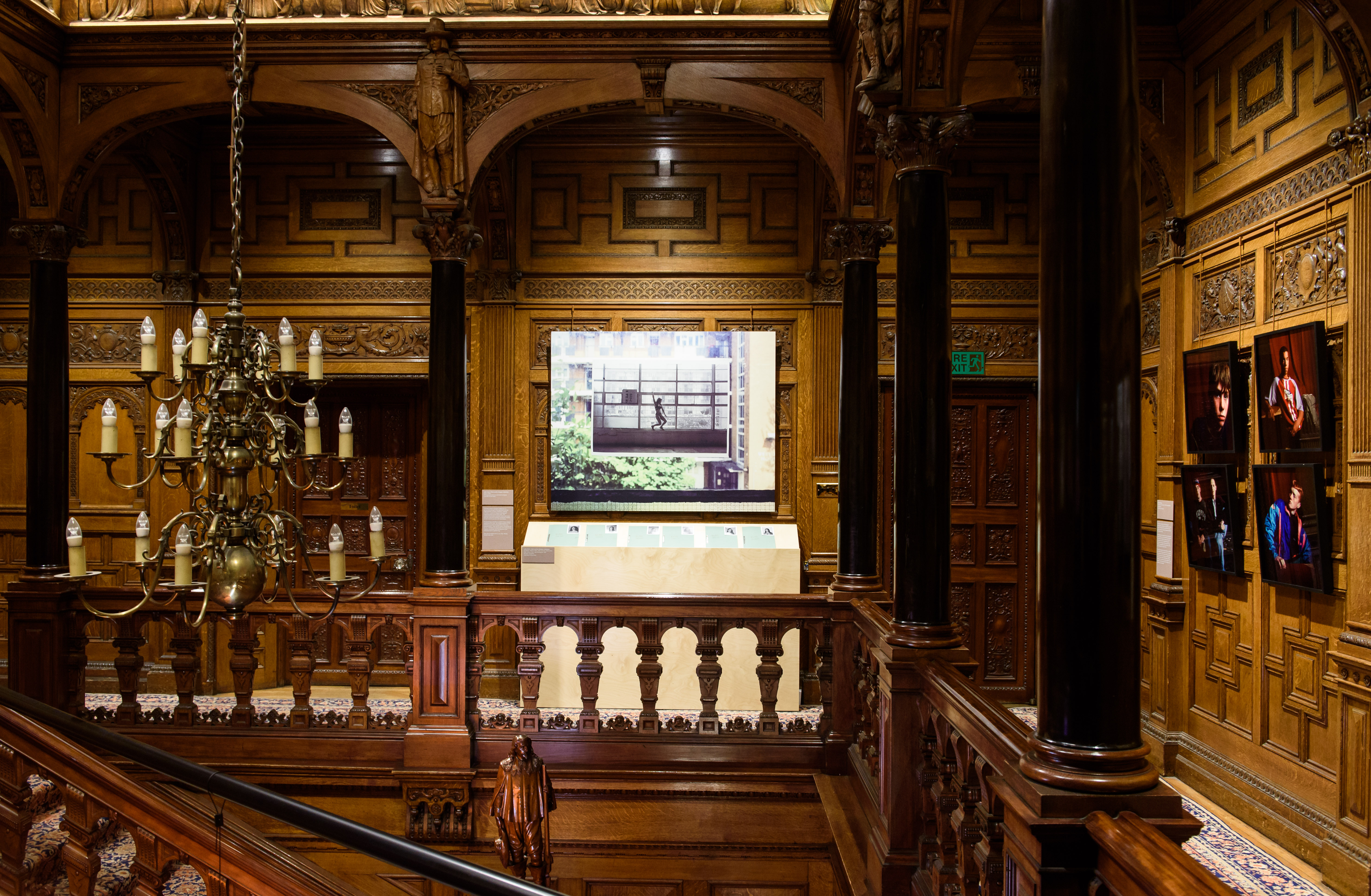
photo: Richard Eaton
Lives Less Ordinary: Working-Class Britain Re-seen
Two Temple Place
The central themes of the exhibition Lives Less Ordinary: Working-Class Britain Re-seen, held at Two Temple Place, are class, social justice and representation. Curated by Samantha Manton, whose perspective is deeply rooted in the historical context, the exhibition shines a light on previously overlooked narratives, highlighting aesthetic value and socio-political relevance of a selection of Britain's working-class artists from 1950’s to the present day. The curatorial suggestion is to address the misrepresentation of working-class life in art and to make visible the artistic contributions and experiences of the working class.
The representation of working-class subjects and the rise of artistic discussions about class and labour have their roots in 19th-century Realism. This movement marked a paradigmatic shift in visual depictions of the working-classes, focusing on their often harsh realities rather than idealised portrayals. Key figures of Realism include Gustave Courbet, a politically radical artist who was associated with the socialist and revolutionary movements of that era. Courbet rejected academic approaches to painting, emphasising instead the dignity of ordinary people, as seen in works like The Stone Breakers (1849). Jean-François Millet, known for his iconic painting The Gleaners (1857), portrayed the grit and hardship of rural labourers while also stressing their pride and perseverance. In Britain, woodcarver’s son and German migrant, Hubert von Herkomer’s paintings, such as Hard Times (1885), depict the struggles of the working poor, making visible the emotional weight of labour while drawing attention to social injustices.
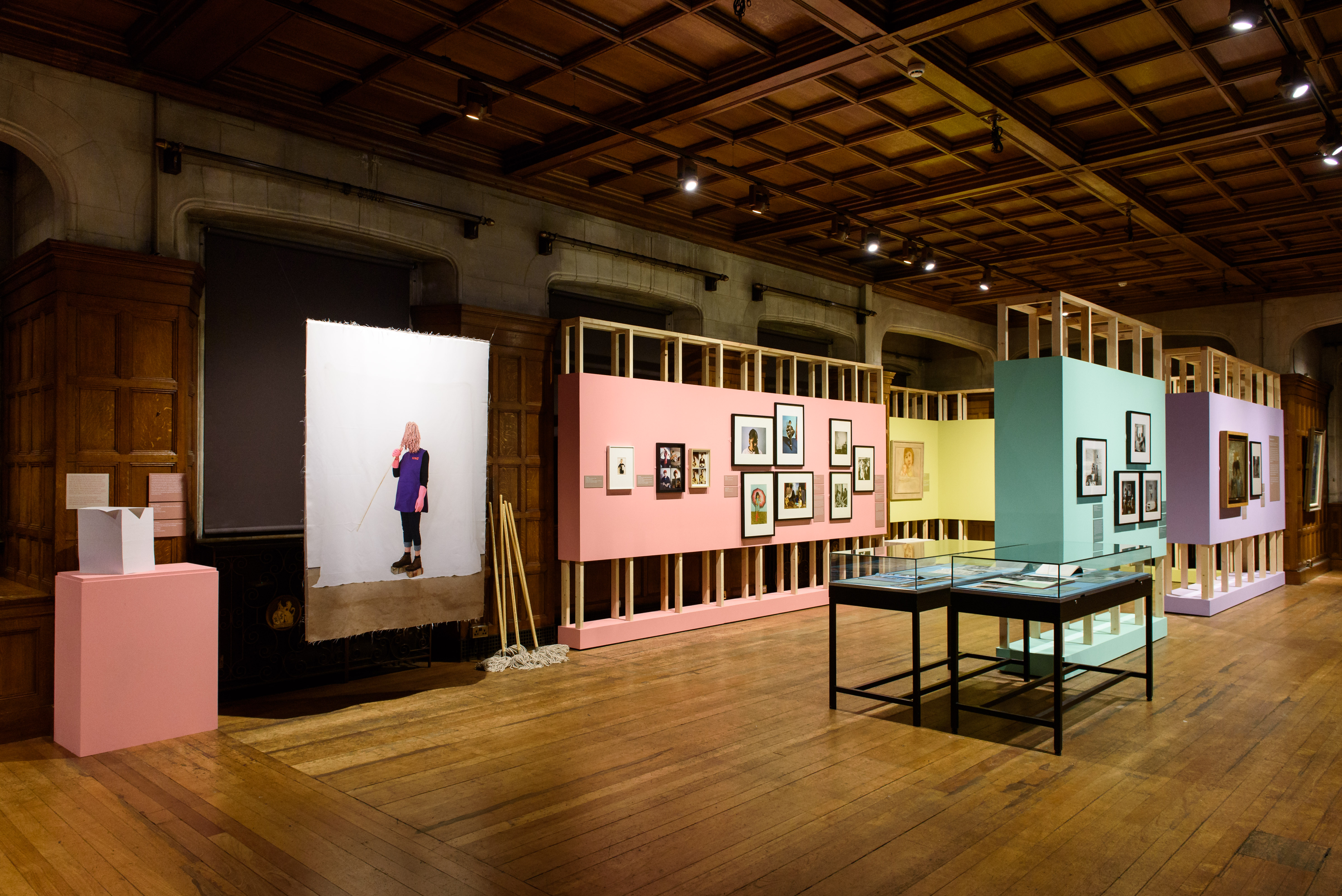
photo: Richard Eaton
However, Lives Less Ordinary: Working-Class Britain Re-seen offers a historical perspective with a focus exclusively on Britain, from the post-war period to the present day. Although the exhibition is curated in thematic rather than chronological criteria, it traverses various industrial epochs, capturing various moments in Britain's history, from Victorian factories to the reconstruction efforts following the Second World War, and into the contemporary changes brought about by globalisation. In this context, from industrial landscapes to intimate family portraits, the show weaves together the struggles and triumphs of working-class society with the challenges faced by working-class artists.
Staged in the magnificent architectural gem of Two Temple Place, the former residence of millionaire William Waldorf Astor, the exhibition presents a selection of 150 artworks, including paintings, photography, film, sculpture, and ceramics. Together in this space, the diversity of art pieces creates a rich tapestry of perspectives on the working-class experience. The opulence and wealth of the venue stands in blunt contrast to the political messages shown and embodied in the artworks, underlining the disparities between affluent society and the lived experiences of working-class people.
One of the pieces that stands out in this mixture of discursive threads, is Soften up hard lad by Corbin Shaw. Part of a series where the artist adds a slogan to the St George’s Cross, this piece sits amongst others that read I’m never going to be one of the lads, and God save the queers. Drawing on the history of flag-waving and textiles in football, Shaw conceptually, and wittily, explores themes of individual and national identity, modern day folklore, and masculinity. The flag is suspended in a sculptural manner beneath a chandelier in one of the extraordinary rooms of Two Temple Place. The installation emphasises the contemporary and socio-political character of the piece, contrasting with the historical condition of a former residential space.
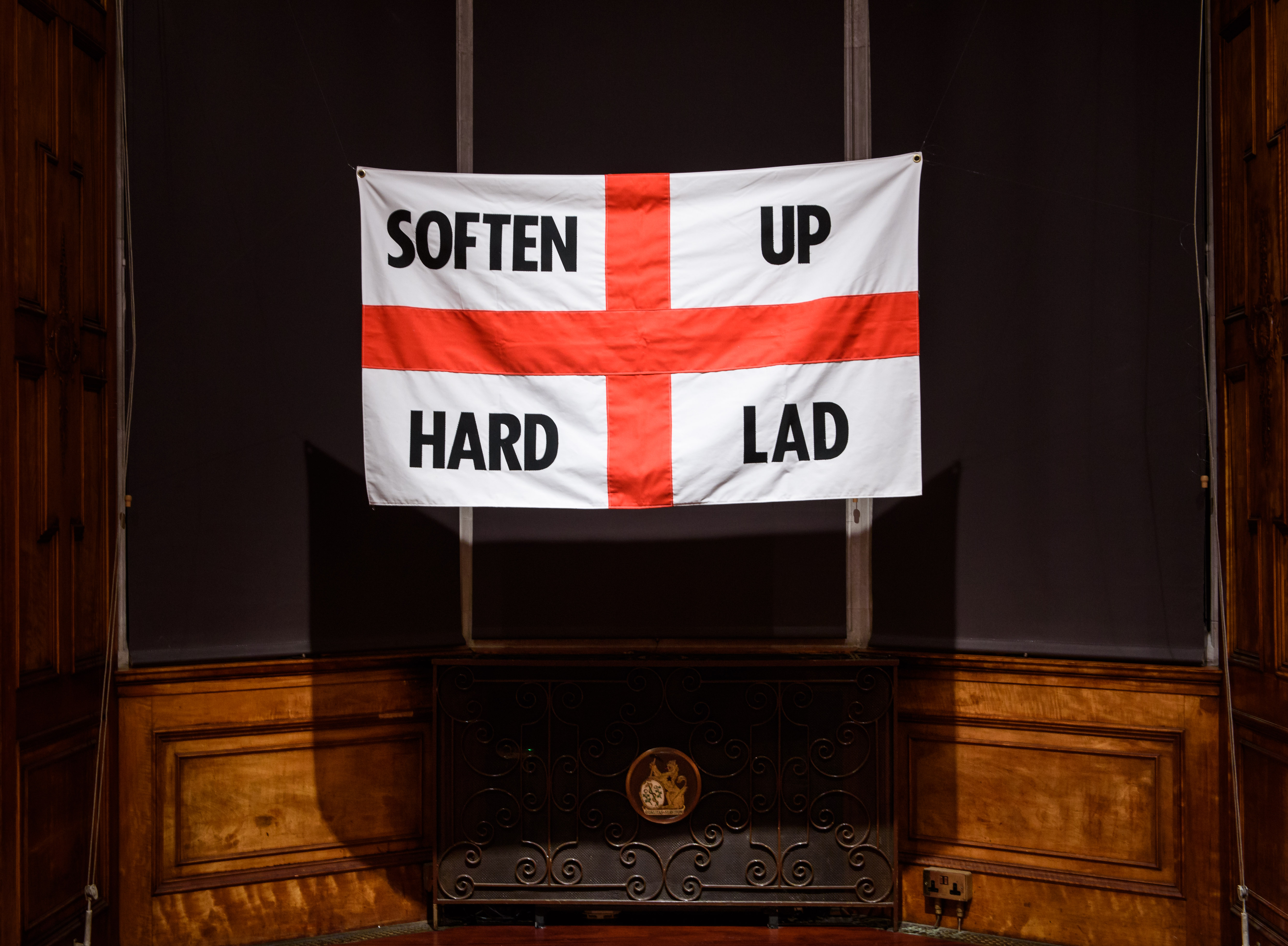
Corbin Shaw, Soften Up Hard Lad, 2019, courtesy the artist. Photo: Richard Eaton
Another outstanding example is He Walked Like He Owned Himself (2018) by Jasleen Kaur of an embroidered tracksuit placed upon a plastic chair (presented by the Contemporary Art Society to Touchstones Rochdale), which, as seen in the Corbin Shaw work, contrasts materially and strongly with the opulent carved wooden walls where it is displayed. Kaur's sculptural work is an exploration of her Sikh heritage and the environment she grew up in—a working-class neighbourhood in Glasgow. Drawing inspiration from her childhood experiences in her father's hardware shop, she approaches her art with a cobbler's mindset, mending and merging various materials and everyday objects. This playful yet thoughtful process allows her to articulate the complexities, hybridity and multiple layers of cultural and subjective identity.
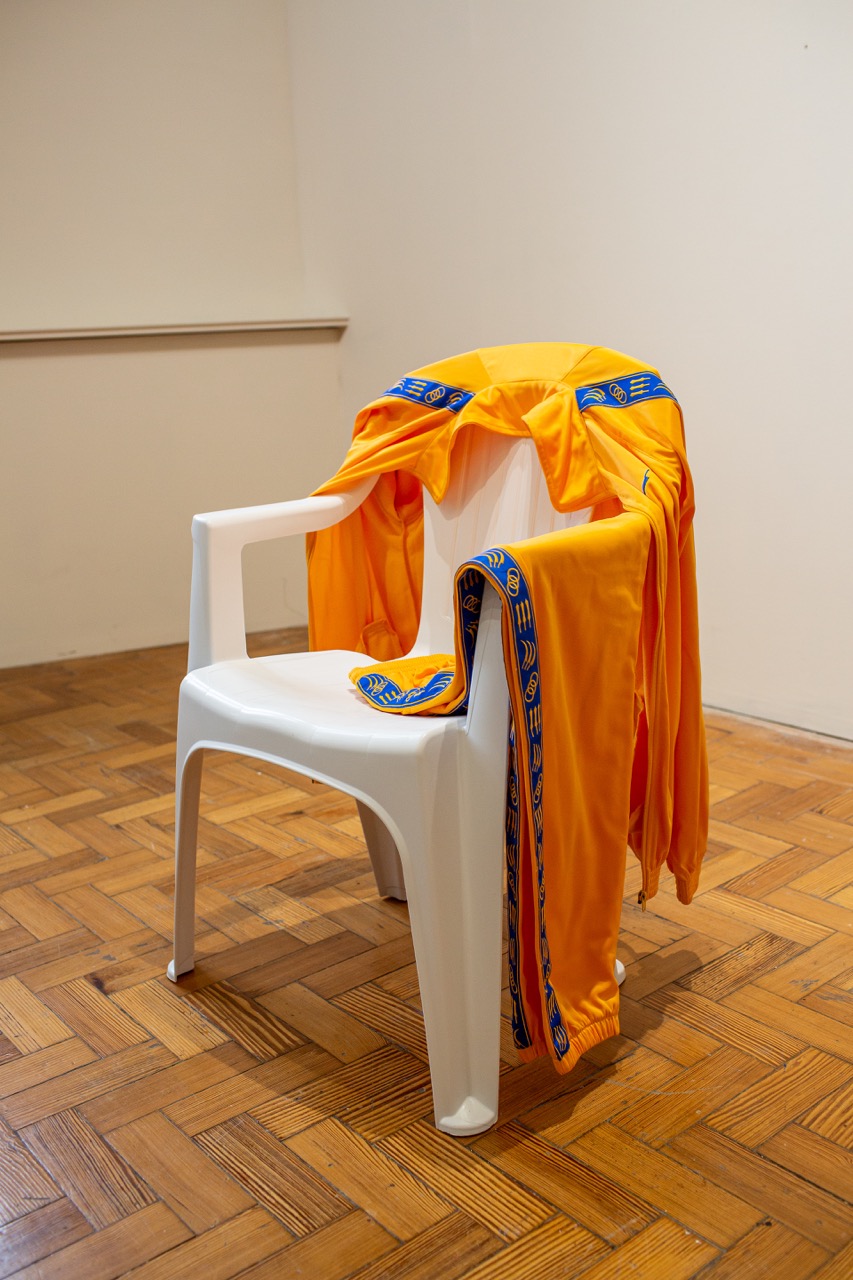
Jasleen Kaur, He Walked Like He Owned Himself, 2018, Embroidered tracksuit and plastic chair © the artist. Image credit: Touchstone Rochdale Arts & Heritage Service
Finally, a selection of beautiful black and white photographs by Sirkka-Liisa Konttinen is also on display. Konttinen is a Finnish-born photographer who has worked extensively in the UK since the 1960s. Some of the photographs include her Step by Step series, which opens a window to the private and domestic space of working-class infancies. In these images, the artists beautifully portray young girls attending a dance school in North Shields during the early 1980s. This series offers an intimate look into the aspirations and daily lives of working-class communities in North East England, capturing moments of pride, resilience, and joy.
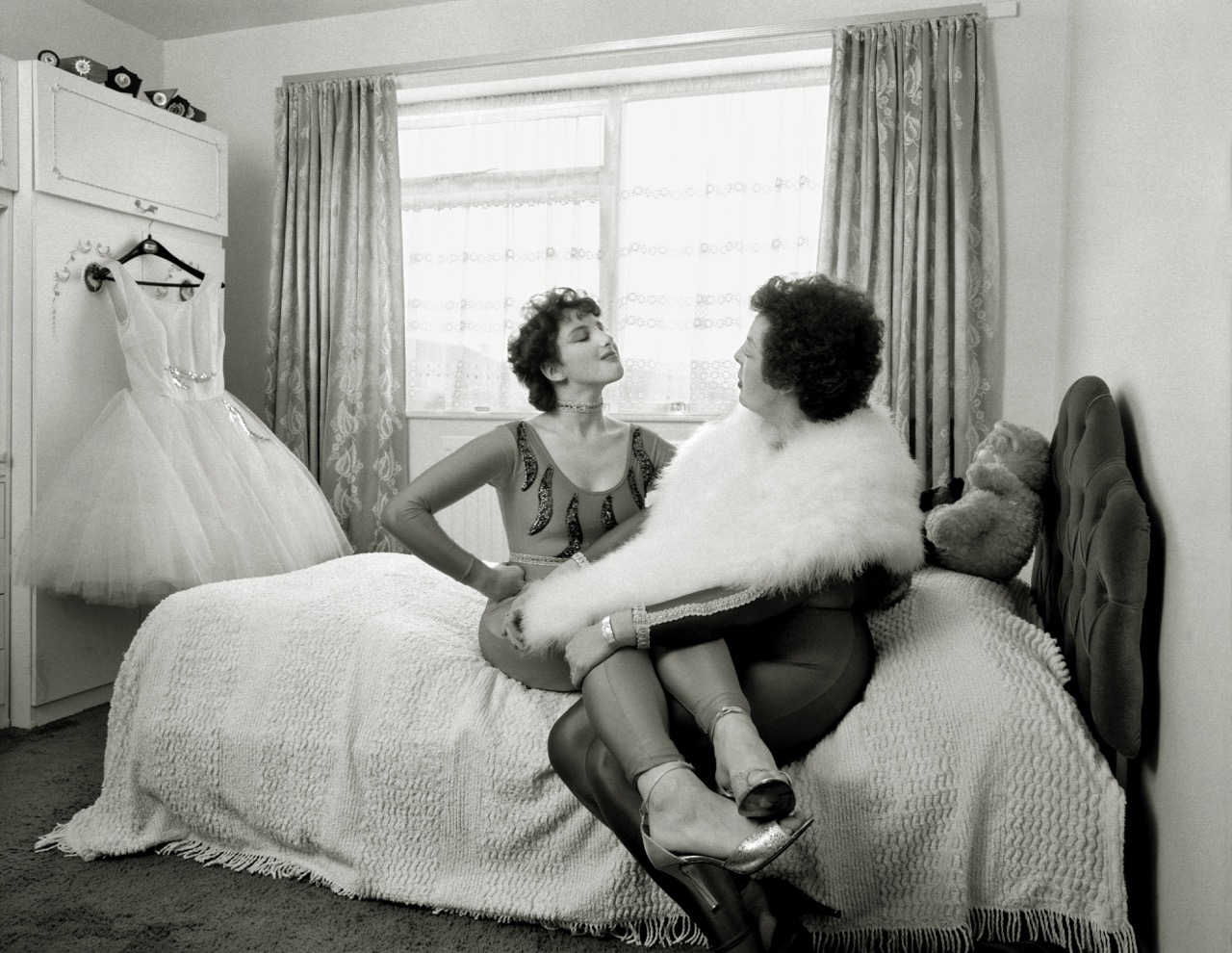
Sirkka Liisa Konttinen, Astrid Knowles and Mum, 1982, © Sirkka-Liisa Konttinen. All Rights Reserved, DACS
In conclusion, highlighting the socio-political significance and artistic contributions of working-class communities and artists remains as vital as ever. The call for museums and institutions to amplify the voices of those historically and presently marginalised by the official art system, ensuring their narratives are both seen and heard, continues to be crucial. Recognizing the complexities of class, social justice, and representation—both within the lives of working-class artists and the broader art system—is essential not only for achieving greater equity but also for fostering deeper connections between individuals and a richer understanding of our shared human experience.
Paula Zambrano, Curator of Programmes
Lives Less Ordinary at Two Temple Place, 2 Temple Pl, Temple, London WC2R 3BD
25 January until 20 April 2025